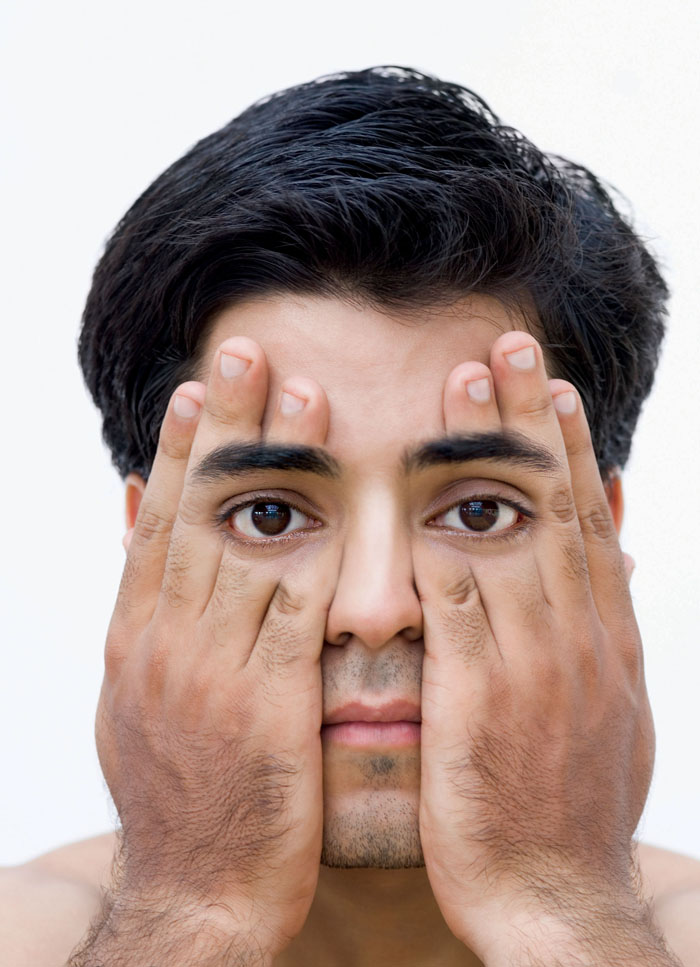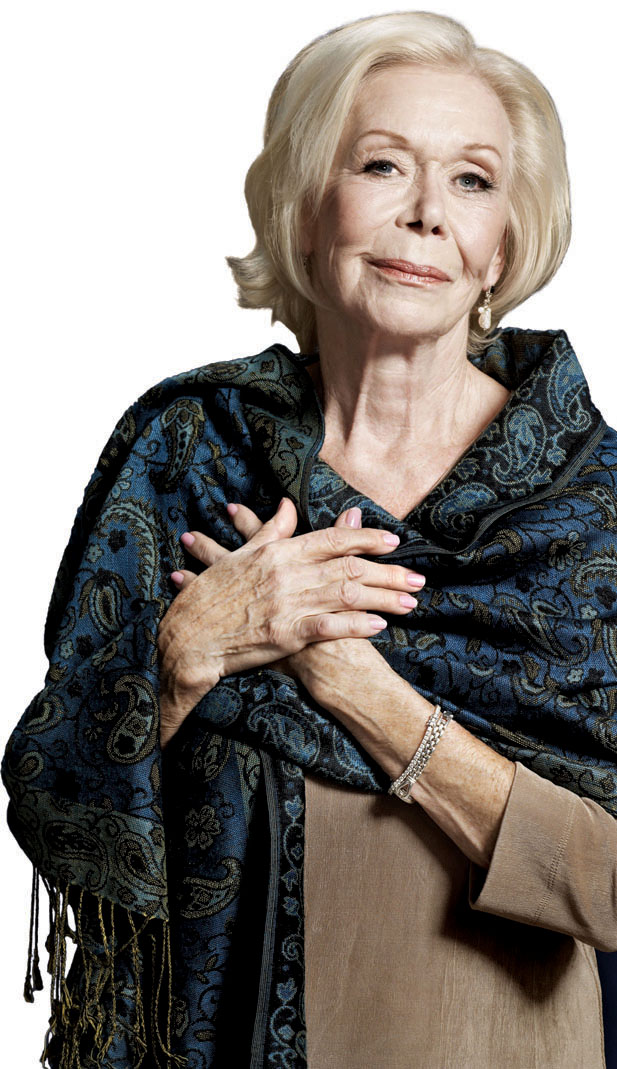Chapter Introduction
2
Methods in Psychology
38

39
YOU CAN HEAL YOUR LIFE has sold over 35 million copies. Its author, Louise Hay, suggests that everything that happens to us is a result of the thoughts we choose to think. She claims that she cured herself of cancer simply by changing her thoughts, and says that others can learn to do the same by buying her books, CDs, DVDs, and by attending her seminars. In a recent television interview, Hay explained how she knows that her technique is effective.
| Interviewer: | How do you know what you’re saying is right? |
| Hay: | Oh, my inner ding. |
| Interviewer: | Ding? |
| Hay: | My inner ding. It speaks to me. It feels right or it doesn’t feel right. Happiness is choosing thoughts that make you feel good. It’s really very simple. |
| Interviewer: | But I hear you saying that even if there were no proof for what you believed, or even if there were scientific evidence against it, it wouldn’t change. |
| Hay: | Well, I don’t believe in scientific evidence, I really don’t. Science is fairly new. It hasn’t been around that long. We think it’s such a big deal, but it’s, you know, it’s just a way of looking at life. |
Louise Hay says she doesn’t “believe” in scientific evidence, but what could that possibly mean? After all, if Hay’s techniques really do cure cancer, then even she would have to expect cancer victims who practice her techniques to have a higher rate of remission than cancer victims who don’t. That isn’t “a way of looking at life.” It’s just plain, old-
Science tells us that the only way to know for sure whether a claim is true is to go out and have a look. But that sounds easier than it is. For example, where would you look to see whether Louise Hay’s claims are true? Would you go to one of her seminars and ask people in the audience whether or not they’d been healed? Would you examine the medical records of people who had and hadn’t bought her books? Would you invite people to sign up for a class that teaches her techniques and then wait to see how many got cancer? All of these things sound reasonable, but the fact is that none of them would be particularly informative. There are a few good ways to test claims like Louise Hay’s and a whole lot of bad ways, and in this chapter you will learn to tell one from the other. Scientists have developed powerful tools for determining when an inner ding is right and when it is wrong, and it is these tools that make science special. As the philosopher Bertrand Russell (1945, p. 527) wrote, “It is not what the man of science believes that distinguishes him, but how and why he believes it.” That, it turns out, goes for women of science too.
40

WE’LL START BY EXAMINING THE GENERAL PRINCIPLES THAT GUIDE scientific research and distinguish it from every other way of knowing. Next, we’ll see that the methods of psychology are meant to answer two basic questions: what do people do, and why do they do it? Psychologists answer the first question by observing and measuring, and they answer the second question by looking for relationships between the things they measure. We’ll see that scientific research allows us to draw certain kinds of conclusions and not others, and we’ll see that most people have problems thinking critically about scientific evidence. Finally, we’ll consider the unique ethical questions that confront scientists who study people and other animals.
